Outdoor Lighting Tips & Advice From Our Lighting Experts In Houston
Part 3
4. Scale
You work out what will suit your outdoor space and consider the scale of the area in question. The size and dimension of your yard will influence the plans and type of lights you will purchase. Your options could be as follows:
- Post & Pier Mount Lights: The size of these lighting fixtures will differ based on factors such as the number of bulbs. A post-mounted design stands at a height of roughly 7 feet.
- Front Porch Wall Lights: Setting up a porch wall light, fix it up at about a third the height of the door. If you are thinking of installing two of them, they should be fixed at roughly 1/4 of the door’s height.
- Ceiling & Hanging Lights: The areas (the patio, deck, or porch) you plan to install the hanging lights should be tall enough to accommodate the fixtures. Therefore, pick a design and style that is proportional to the patio, deck, or porch.
5. Maintenance
If you will have maintenance concerns and want to keep your power bills low, then solar-powered lighting systems are the way to go. As for wattage, then consider the glass-shaded bulbs that have 75 – 100 watts. If the bulbs are exposed, go for those that are below 60 watts.
Fortunately, most outdoor lighting features are designed to endure wet or damp conditions, which is another issue worth considering. The wet-rated ones are suitable for areas that are directly exposed to rain and wind. The post lights, wall lights, and motion sensor lights should be rated for wet locations.
The lights rated for damp places can be ideal for installation in areas like pergolas, patios, and other sites that are not directly exposed to rain or moisture. Hence, outdoor hanging lights are rated for damp locations.
6. Cost
With so many designs, types, sizes, and styles of outdoor lighting solutions available, it is expected for the prices of these fixtures to vary significantly. To determine the amount you will spend, you should browse different lighting fixtures and compare their costs. Keep in mind that whatever is cheap might not necessarily be a money-saving investment, and the quote prices might not include the installation costs.
Think of the amount of energy the bulbs will demand and how this will impact your ongoing costs. Furthermore, remember to check the durability of the lights to determine how often you will replace them, then factor this into the costing of your outdoor lighting.
7. Power
While solar power can be a cost-effective option, it might not suffice for your entire outdoor lighting system. Some patios, decks, and porches are best powered with electricity.
Nonetheless, you can keep the energy demand at a minimum by picking low voltage fixtures. For this, you can work with bulbs that operate at 12 volts and are easy to install or replace.
Conversely, you can opt for line voltage lighting with works with lights that use 120 volts. For this, you will have to include some safety features like a conduit and junction box to protect the wiring.
If you would like to discover more tips and tricks from Robert Huff Illuminations; visit our blog. Call or contact us today if you need a professional lighting designer with your outdoor lighting design. Missed the first issue of this article? Click here!

